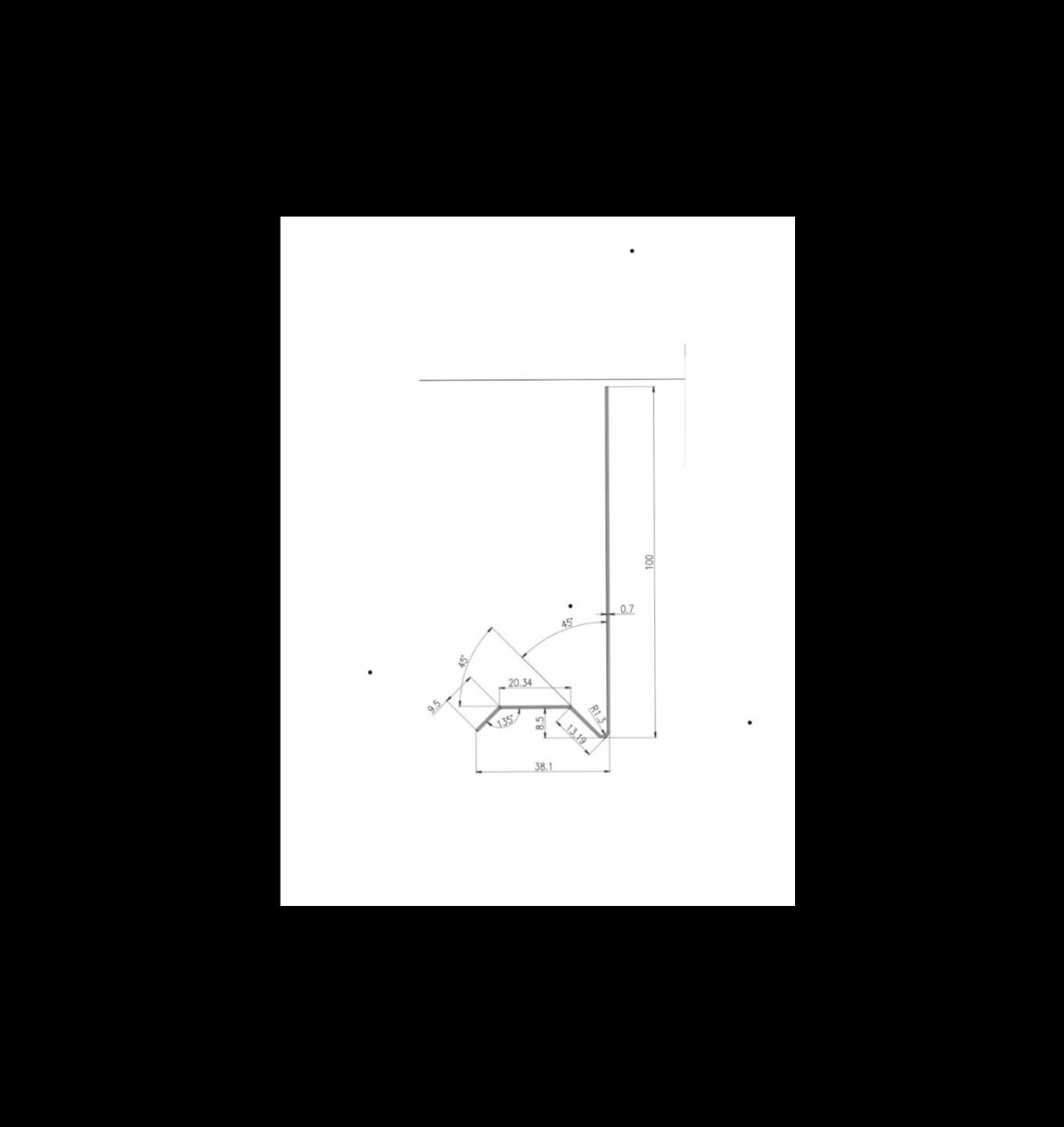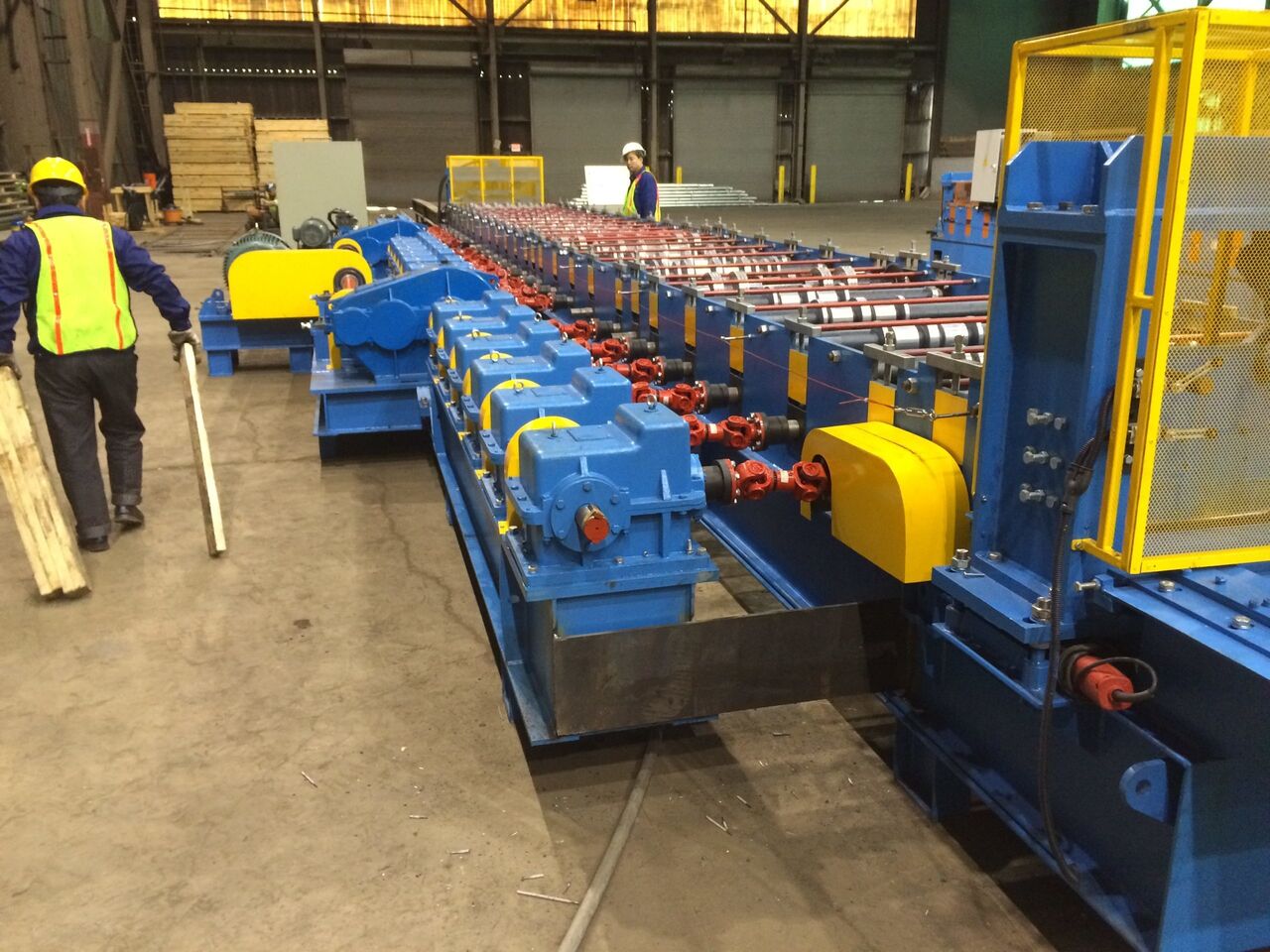
Maintenance of roll forming machines (part 2)
More about roll forming machine maintenance
Posted on Wednesday, September 9, 2020
In our previous post, we talked about why it is vital to keep your roll forming machines well maintained and some of the measures you can take to do so.In short, good maintenance will keep your roll former running effectively and save you time and money in the long term.
General maintenance tasks
Cleaning your air type heat exchangers
To do this, you must remove screens in the air filters and clean these with solvents. Keeping air filters clean will reduce the likelihood of them becoming clogged with dirt and malfunctioning.
Water type cooling systems
If you are in an area where the water is ‘hard’, it is best to use softened water as, otherwise, limescale could build up in the machine piping.
Hydraulic accumulators
Checking your hydraulic hoses each month will ensure that there is no abrasion or leaking. Remember, these hoses come under a tremendous amount of pressure when your machine is in operation, and if there are any signs of abrasion or leakage, the sooner this is dealt with, the more manageable and less costly the repair job will be, causing minimal downtime and disruption for your business. Naturally, these hoses are built to last and able to withstand the extreme pressure for many cycles. However, operators need to monitor them frequently, paying particular attention to high-pressure lines.
Pneumatics
To check whether any air-lines are leaking compressed air, you can wait until the operation is completely quiet and then turn on the compressor system to listen out for air leaks – they should be easy to spot if you check in this way.
Drive belt tensioning
Drive belts can be located on all motor applications, and a tensioner mechanism can ensure that the correct tension is set.
Gear boxes
Any gearbox will have to withstand general wear and tear, and the lubricity of the oil will lower the more prolonged, and more frequently, the machine is used. Changing the oil annually and cleaning the base tank can help ensure the roll former works as it should.
Tooling Inspection
As you would expect, the different parts of your machine will be subject to wear and tear, and the higher the usage, the faster these parts will wear down. Inspecting the cutting, piercing, and forming rolls and replacing these before they are completely run down is advisable. Keeping a good stock of replacement punches and dies to hand will mean replacing these is a hassle-free job and will keep downtime to an absolute minimum. When inventory levels get low, re-order to ensure that you never run out and have to wait for delivery of replacement parts.
Forming rolls & knurl rolls
Understanding when to replace forming rolls can be difficult. However, this is important to maintain product consistency and quality. If knurl rolls are set too deep, this could overextend the material, leading to straightening issues.
These maintenance tasks will help keep your roll forming machine running correctly and ensure that the machine lasts as long as it should. Making time to take care of your device is an investment, but it is one that certainly pays off in the long run.
If you are considering purchasing a roll forming machine for your business, browse our range of excellent, high-quality machines. Have any questions? Get in touch with our knowledgeable team today!
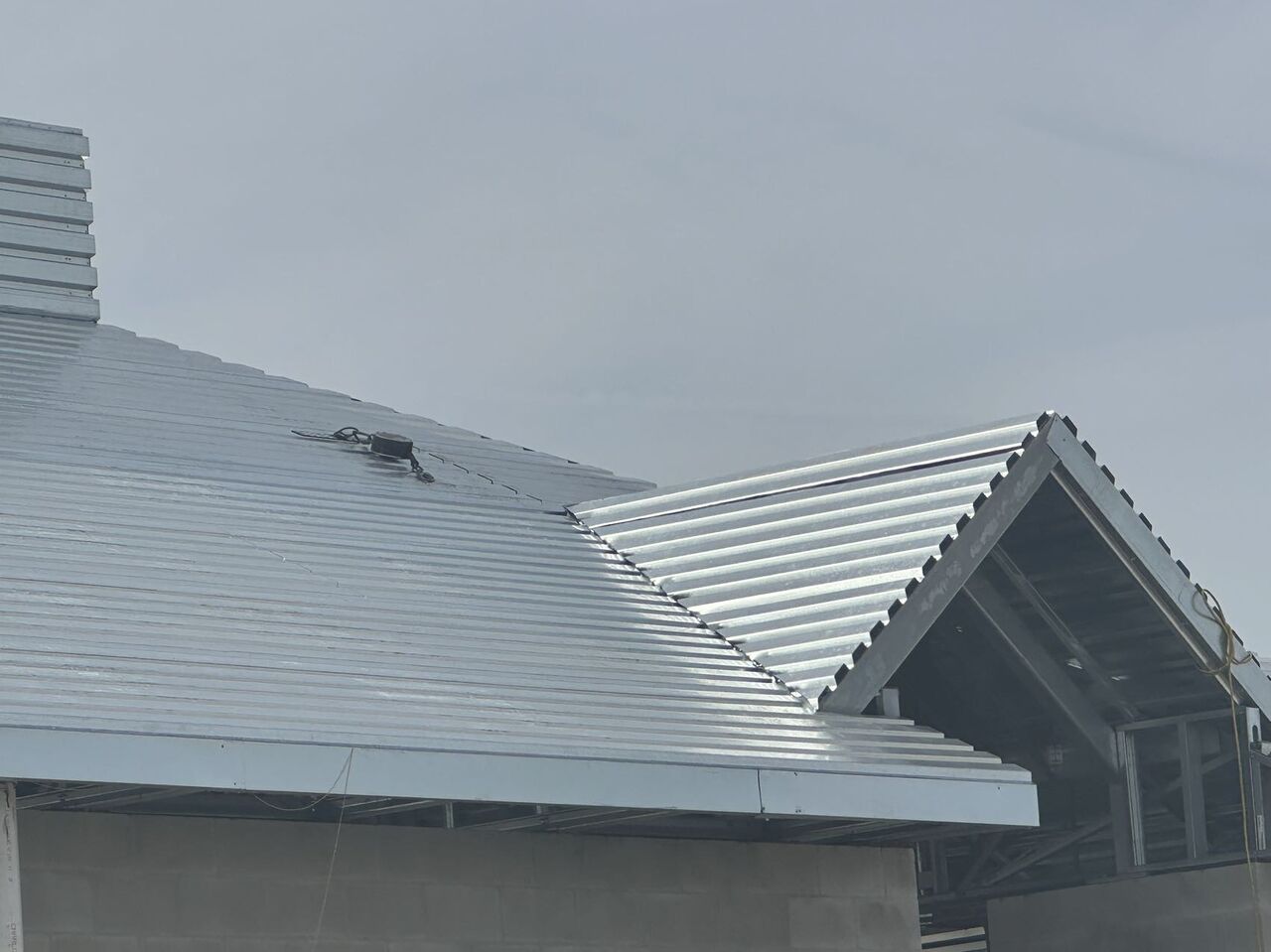
Posted on Thursday, January 4, 2024
B Deck is a common choice, there are other types of steel roof decks, such as A Deck, F Deck, and N Deck
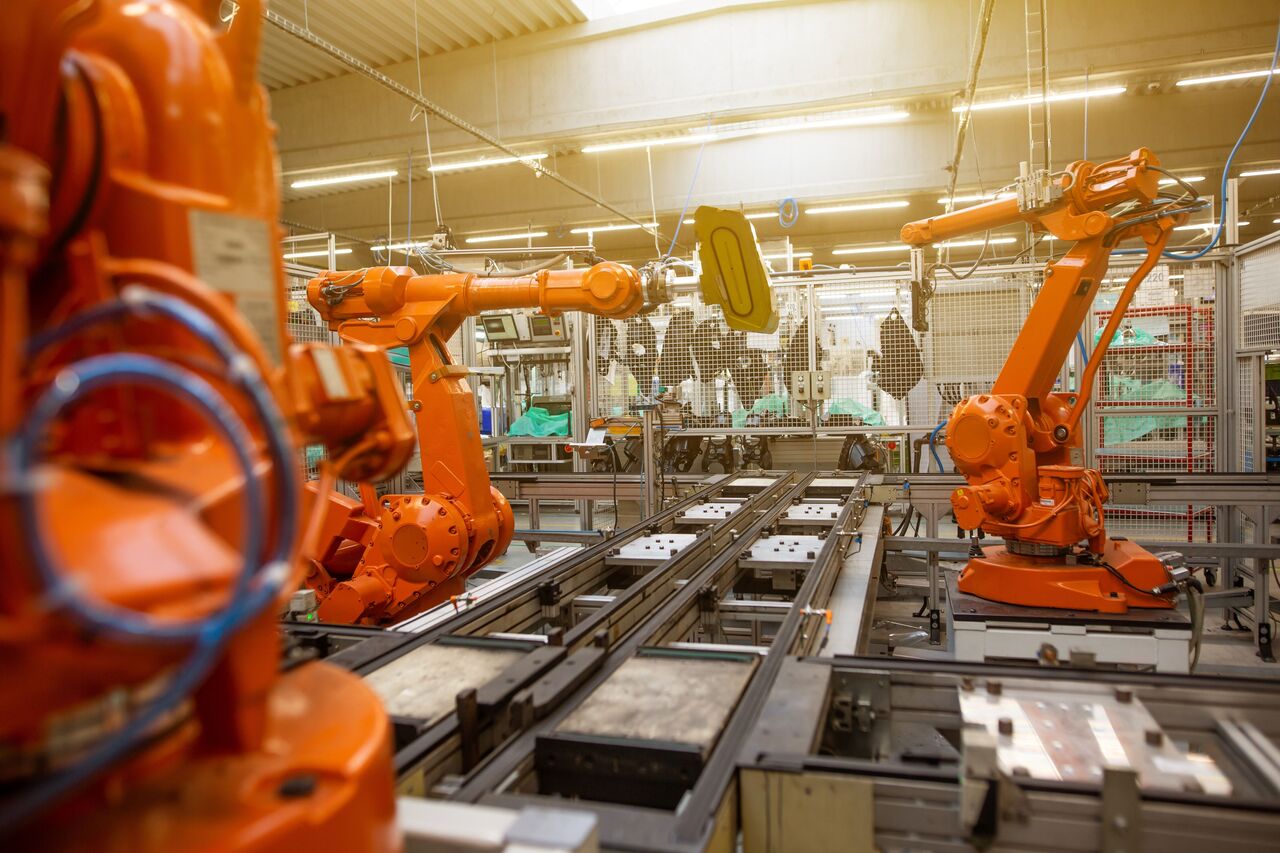
Robotics and AI in sheet metal forming
Posted on Thursday, December 7, 2023
Robotics and AI in sheet metal forming offers numerous benefits, including increased efficiency, improved product quality
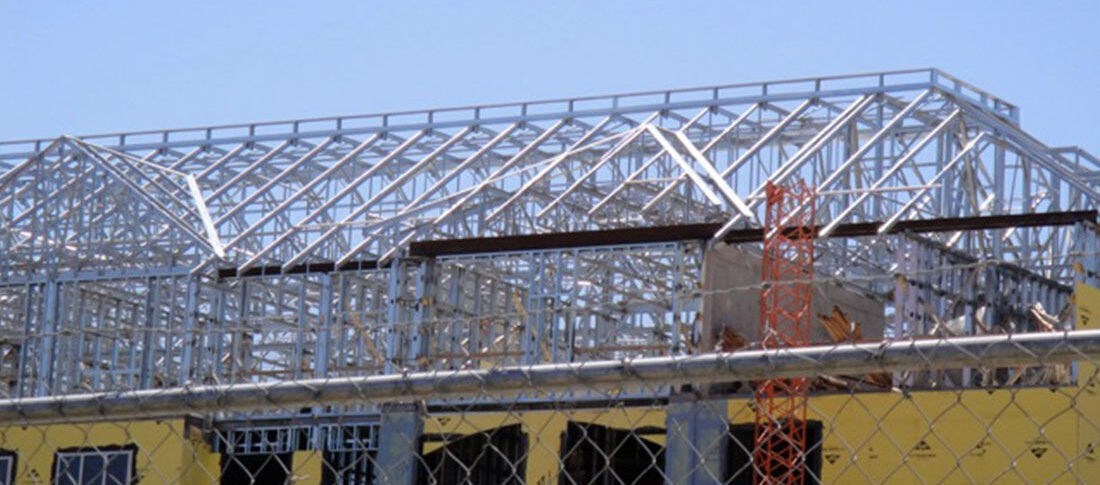
What is the history of roll forming machine?
Posted on Tuesday, November 28, 2023
Here is a brief history of the roll forming machine
